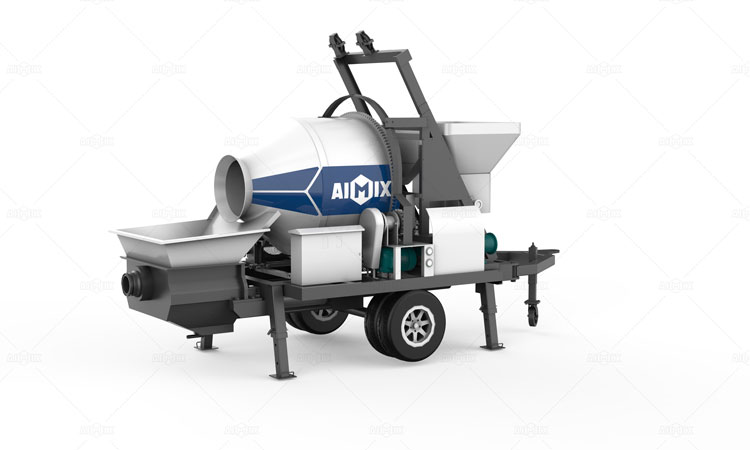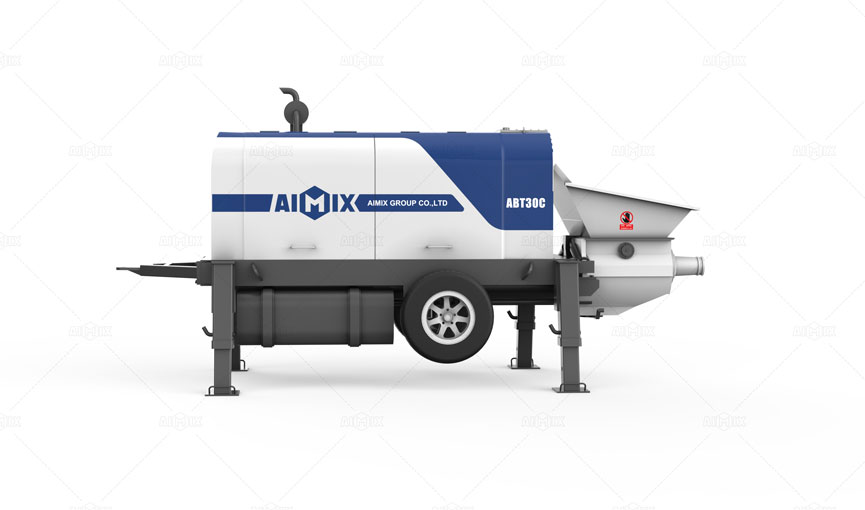The construction landscape is witnessing a quiet revolution as mini concrete pumps emerge as versatile solutions for projects of all scales. These compact powerhouses bridge the gap between manual concrete placement and full-scale pumping systems, offering precision where bulkier equipment cannot venture. Their adaptability makes them particularly valuable in today’s construction environment, where projects increasingly demand flexible, efficient concrete placement methods that can adapt to constrained sites and complex architectural designs.
What sets mini concrete pumps apart is their unique ability to deliver consistent results across dramatically different applications. From delicate decorative work to robust structural elements, these mini concrete pumps for sale maintain concrete integrity while navigating spatial challenges that would stymie conventional equipment. This versatility stems from thoughtful engineering that balances pumping power with maneuverability, creating tools that are as comfortable working on a high-end residential patio as they are on a remote infrastructure project.

Residential Construction Applications
Foundation Work in Tight Spaces
Mini concrete pumps excel in residential foundation projects where access limitations rule out traditional pouring methods. Their compact footprints allow operation in backyards with as little as 3 feet of clearance, while still delivering the precise volume control needed for frost walls and footings. The ability to pump directly from mixer trucks eliminates the need for intermediate holding containers that can compromise concrete quality.
Decorative Concrete Placement
For stamped concrete and other decorative applications, small concrete pumps provide the consistent flow rates essential for maintaining pattern integrity. Operators can precisely control output to match the installation team’s pace, preventing cold joints in large patio pours or intricate walkway designs. The reduced vibration compared to chute placement helps maintain aggregate distribution in exposed aggregate finishes.

Commercial and Infrastructure Projects
Retrofitting and Renovation Work
Urban commercial projects benefit tremendously from mini pumps’ ability to navigate existing structures. When adding mezzanines or reinforcing floors in occupied buildings, their quiet operation and minimal setup requirements allow work to continue with minimal disruption. Some concrete pump models can pump through windows or service elevators to reach upper floors without requiring crane support.
Utility and Tunnel Work
In infrastructure projects, mini pumps prove invaluable for confined space concrete placement. Their ability to pump over distances up to 150 meters makes them ideal for tunnel lining applications or utility vault construction, where traditional methods would require extensive temporary works. The precise control prevents over-pour in sensitive areas containing electrical or mechanical systems.
Specialized Architectural Applications
Thin-Shell Concrete Structures
The architectural world has embraced mini pumps for complex formed elements where conventional placement would risk voids or inconsistencies. Their steady, low-pressure output perfectly suits the gradual placement needed for thin-shell roofs and sculptural elements, allowing craftsmen to carefully work the concrete without rushing against setting times.
Vertical Applications and Green Walls
Living wall systems and vertical garden structures often incorporate integrated concrete elements that demand precise placement. Mini concrete mixer pump can deliver small batches to elevated forms without the splash and waste associated with bucket placement, while their clean operation preserves sensitive planting areas nearby.
Choosing the Right Pump Configuration
Electric vs. Diesel Power Options
Urban projects increasingly favor electric-powered mini pumps for their zero emissions and whisper-quiet operation, while remote sites may require the autonomy of diesel models. Modern electric units can typically operate for a full shift on standard jobsite power, with battery-assisted models extending this further.
Pipeline Configuration Strategies
Successful mini pump operation requires thoughtful pipeline planning. Flexible hose arrangements allow navigation around obstacles, while rigid pipe sections maintain accuracy over longer distances. Smart contractors plan pipeline routes during the design phase, identifying support points and transitions that optimize flow while minimizing setup time.
The mini concrete pump’s rise reflects a broader shift toward precision in construction. No longer just a compromise solution, these systems now enable construction approaches that would be impractical or prohibitively expensive with traditional methods. As project complexity grows and site constraints multiply, the ability to place concrete exactly where needed—in exactly the right quantities—transforms from convenience to necessity. From the smallest decorative detail to the most demanding structural element, mini concrete pumps are redefining what’s possible in modern construction.
